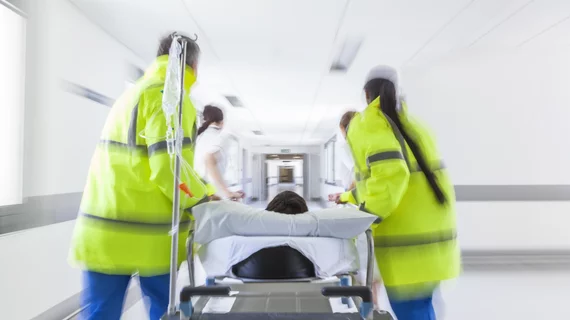FDA approves new short-term treatment for AFib, atrial flutter in critical care settings
AOP Health, an Austrian pharmaceutical company, has received U.S. Food and Drug Administration (FDA) approval for landiolol to be used in a critical care setting for the treatment of supraventricular tachycardia, including atrial fibrillation and atrial flutter.
Landiolol, which will be sold under the brand name Rapiblyk, is an intravenous adrenergic receptor antagonist that acts fast; it is not intended to be taken for long periods of time to treat chronic cardiac arrhythmias.
The FDA’s decision was based on data from a series of randomized trials. Overall, landiolol was associated with a decreased heart rate within 10 minutes in up to 90% of patients compared to up to 11% of patients given a placebo. Researchers defined a heart rate decrease as any reduction of at least 20% in a patient’s heart rate, a heart rate lower than 100 bpm or the intermittent cessation of the arrhythmia.
“Rapiblyk approval in the United States represents an important milestone for patients experiencing supraventricular tachycardia, including atrial fibrillation and atrial flutter, who need rapid and short-term heart rate reduction,” Martin Steinhart, CEO of AOP Health, said in a prepared statement. “After being available in Europe, we are delighted that this therapeutic option can be now available also for U.S. patients.”
Landiolol is not recommended for patients with severe sinus bradycardia, decompensated heart failure, cardiogenic shock or pulmonary hypertension.
AOP Health’s full name is AOP Orphan Pharmaceuticals GmbH. The AOP Health Group is a larger collection of companies that includes multiple subsidiaries and offices throughout Europe and the Middle East.

